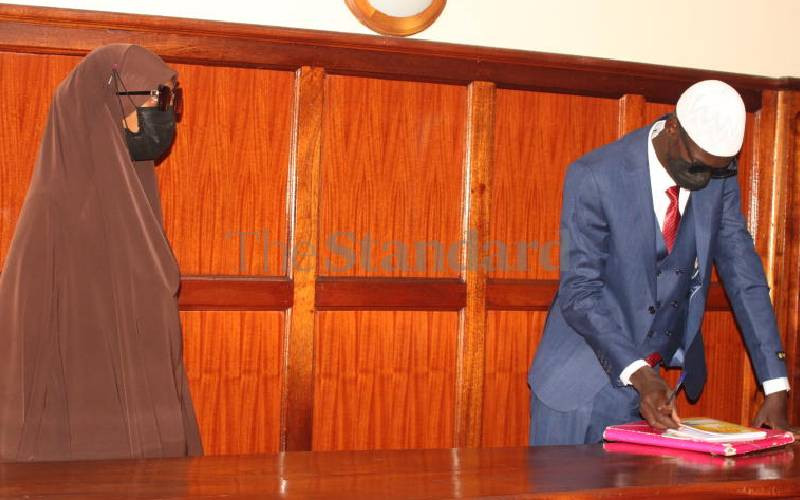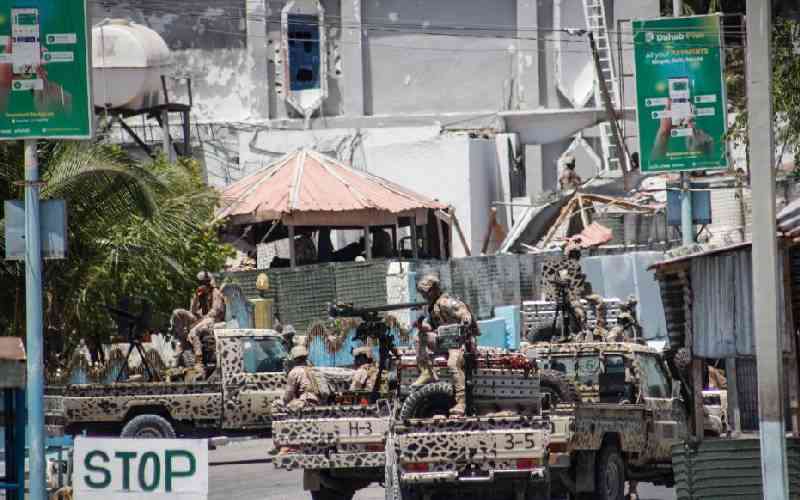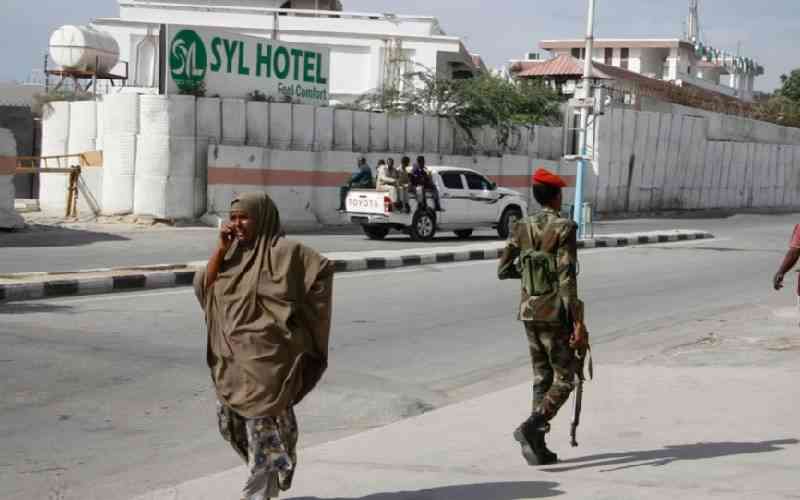Nature has its own way of punishing evil doers for the atrocities they mete on innocent souls. Terrorists cannot escape this penalty.
For example, many terrorists that have been involved in bloody activities in East Africa are not alive to tell their stories today.
The felons who were indicted by the FBI for the 1998 US Embassy attacks in Nairobi and Dar es Salaam, were either felled by a hail of bullets or “fried” by bombs – the same gadgets which served as their tools of trade in the spillage of human blood.
Shortly after the US Embassy attacks in Nairobi and Dar Salaam on August 7, 1998, the terrorists were a celebratory lot as Kenyans and Tanzanians mourned the death of 224 people.
This celebration would, however, be short-lived, because they all soon went down, including their revered leader Osama Bin Laden.
On May 12, 2011, six Navy Seal soldiers were deployed to Abbottabad, in Northern Pakistan with a mission to capture Osama dead or alive.
The six soldiers, as it later emerged, seemed to be as angered by the international felon as the millions of peace loving people across the world. Thus the option of capturing Osama alive was well, not really an option.
Matt Bissonette, one of the soldiers involved in the operation revealed later that they trained their guns on Osama’s “still-twitching body” spraying him with bullets “until he lay motionless” as The Guardian reported.
The same fate later befell Fazul – a terrorist who had dodged local and international authorities for years.
In what appeared like a pre-determined date with the jury for his atrocities, Fazul was on June 11, 2011 travelling towards Deynile district in Mogadishu where an Al-Shabaab base was located, the AFP reported.
Somewhere along the way, Fazul — who carried on his person a cache of arms including a Russian made sub-machine gun, an Australian sniper rifle and a knife — failed to take a crucial turn into the Al-Shabaab base.
He instead came upon at a roadblock manned by the Somali Transitional Government Forces (TFG) where he defied orders to stop his Toyota Hilux.
Not even the Sh430 million in cash he was carrying in the vehicle could save him from his death as the TFG soldiers smoked the life out of him with a hail of bullets – the same bullets he had used to kill people before!
A similar fate befell Mushin Musa — one of those behind the 1998 Embassy bombings — on April 12, 2006 when Pakistan security forces raided Naghar Kalai village on the country’s border with Afghanistan.
Musa was killed by a Pakistani helicopter gunship, alongside six other militants and his death was later confirmed by a DNA test on October 24, that year.
Stay informed. Subscribe to our newsletter
Sheikh Swedan, another felon behind the 1998 bombings in East Africa met his death on January 1, 2009 in an unmanned American drone attack in Pakistan together with Fahid Msalam and another terrorist.
Like Swedan, Ahmed Ali – his co-conspirator in the 1998 bombing – also met his death in a drone attack in Pakistan. The same fate also befell Mustafa Fadhil, another of their partners in crime in Afghanistan.
 The Standard Group Plc is a
multi-media organization with investments in media platforms spanning newspaper
print operations, television, radio broadcasting, digital and online services. The
Standard Group is recognized as a leading multi-media house in Kenya with a key
influence in matters of national and international interest.
The Standard Group Plc is a
multi-media organization with investments in media platforms spanning newspaper
print operations, television, radio broadcasting, digital and online services. The
Standard Group is recognized as a leading multi-media house in Kenya with a key
influence in matters of national and international interest.
 The Standard Group Plc is a
multi-media organization with investments in media platforms spanning newspaper
print operations, television, radio broadcasting, digital and online services. The
Standard Group is recognized as a leading multi-media house in Kenya with a key
influence in matters of national and international interest.
The Standard Group Plc is a
multi-media organization with investments in media platforms spanning newspaper
print operations, television, radio broadcasting, digital and online services. The
Standard Group is recognized as a leading multi-media house in Kenya with a key
influence in matters of national and international interest.









